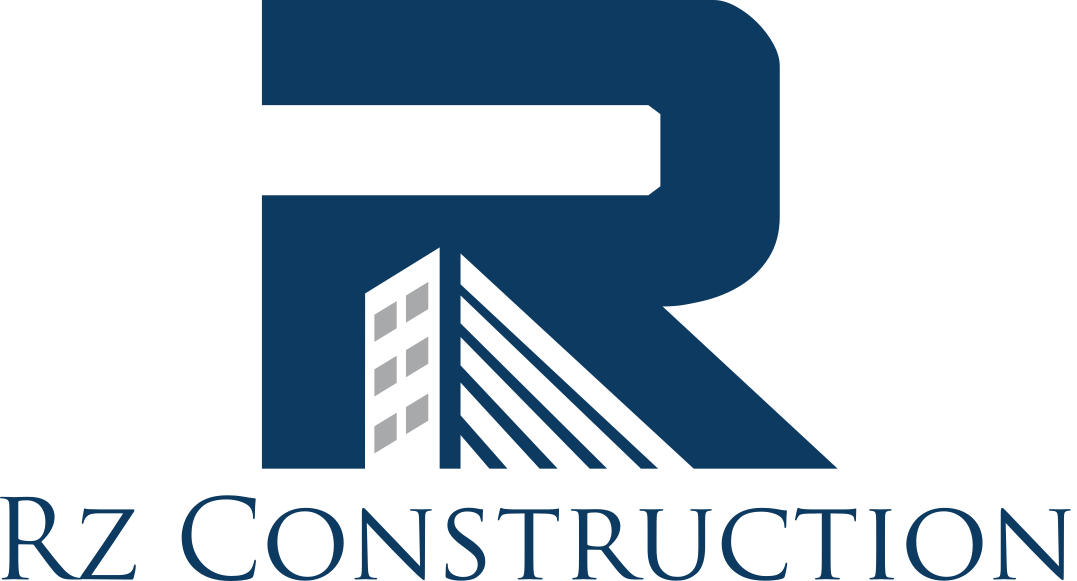New York City’s building codes are complicated, and the city is one where you must not let your guard down when it comes to compliance. Regardless of whether you’re a landlord or a homeowner, you must be familiar with the elimination process of NYC violation removal to keep your property’s safety and legal status intact. A building violation, if neglected, may lead you to get a significant financial penalty and get to the point of legal action. So, in the article below, we will offer you a detailed explanation of NYC violation removal, through which you will understand at length the proper way to love this issue.
What is NYC Violation Removal?
NYC violation removal is the term used in the city whereby the one who made the error, such as the Department of Buildings (DOB), corrects the situation and then deletes or makes it appear that this issue never happened in the public records. These violations usually occur when a building is not following the city’s safety, zoning, or construction codes. Depending on the type of violation, the building’s owners may have to do repairs, pay fines, or submit complete documents.
Types of Violations in NYC
Before we look into the removal process, let’s get a grip on the different building violations in NYC. The most prevalent are:
- Building Code Violations: These issues are mainly caused by a lack of construction to standard or the construction work not conforming to the NYC Building Code requirements.
- Zoning Violations: These violations are issued when a property is illegally used or disregards the area’s zoning laws, such as illegal use of space or non-conforming building height.
- Work Without a Permit: An offence has arisen when construction or renovation work is carried out without the necessary permits from the DOB.
- Environmental Violations: These are issues related to lead paint, asbestos, and mould violations that could endanger the health and safety of the occupants.
Step 1: Identify and Review the Violation Notice
The first phase of removing a violation is to list and review the violation notice that the DOB has issued. The notice typically contains the following details:
- Description of the Violation: A short description of what the violation is all about.
- Violation Code: The violation can be identified by a coded number.
- Date of Issuance: The date on which the violation notice was served to the building owner.
- Fine: The amount of fines or penalties imposed on the violation.
- Correction Deadline: This is the date the problem must be solved.
Going through the violation notice in detail is significant as it tells you the necessary steps to be taken to solve the issue.
Step 2: Correct the Violation
Having identified the violation(s), the next step is rectifying it. In most cases, the action required is the following:
- Engaging a Contractor: Building code or construction-related violations require hiring a qualified and competent contractor.
- Securing Permits: In cases where the violation arises from work carried out without getting a permit, you become the chief facilitator of application to the department and briefing it on the development needed to make the project right.
- Documentation: In some instances, you might need to provide inspection reports, certifications, or other documentation that proves the correction has been made.
Write down all your work, including contracts, invoices, and permits, as these documents will prove that the violation has been rectified.
Step 3: Request an Inspection
Upon completion of the violation correction, you are expected to request an inspection of the work carried out, which will be verified by the DOB. The process will require a representative from the DOB to visit the property to confirm whether the violation has been removed and whether the entire process has been executed in line with the city’s regulations.
- Inspection Scheduling: Based on the seriousness of the violation at hand and the DOB’s workload, if the process gets delayed, it will create a void, and fines will be accumulated; it is, therefore, mandatory that you follow up at this stage.
- Passing the Inspection: If the inspector confirms the change is sufficient, the violation will be cleared, and a “clearance” status will be entered.
Step 4: Submit Violation Removal Documentation
After the correction and an inspection have been passed, you may need to submit extra paperwork to request the deletion of the violation. This may involve filling out forms such as Affidavit of Correction or Notice of Correction and submitting them to the DOB. The receipt of the form and its approval kickstarts the official removal of the violation from the statement of your property, in other words, the record and elimination of the fines involved, if any.
Step 5: Monitor Violation Status
Keeping the situation under regular surveillance after removing the violation makes sense. Though the DOB is expected to update the records to remember that mistakes can occur, please be on the lookout. An application can be submitted to get a Property Profile Report from the DOB, or there is a building Information System (BIS) from where you can see if the removal has been done.
Step 6: Paying Any Associated Fines
Where there are fines due to a violation, the property owner must ensure that they are paid after the breach has been corrected. Some penalties may be discounted if the payment is made early, while others may accumulate interest over time.
Removing a violation in NYC is a waste of time. Still, if you are careful and reliable simultaneously, accurate with a focus, and keep an eye on the city’s regulations. You can ensure compliance with the city’s building regulations. Understanding the steps required to clear violations of any kind will make your property less prone to fines, as it may be a building code violation or zoning issue. It will not compromise the health and safety of its residents.
